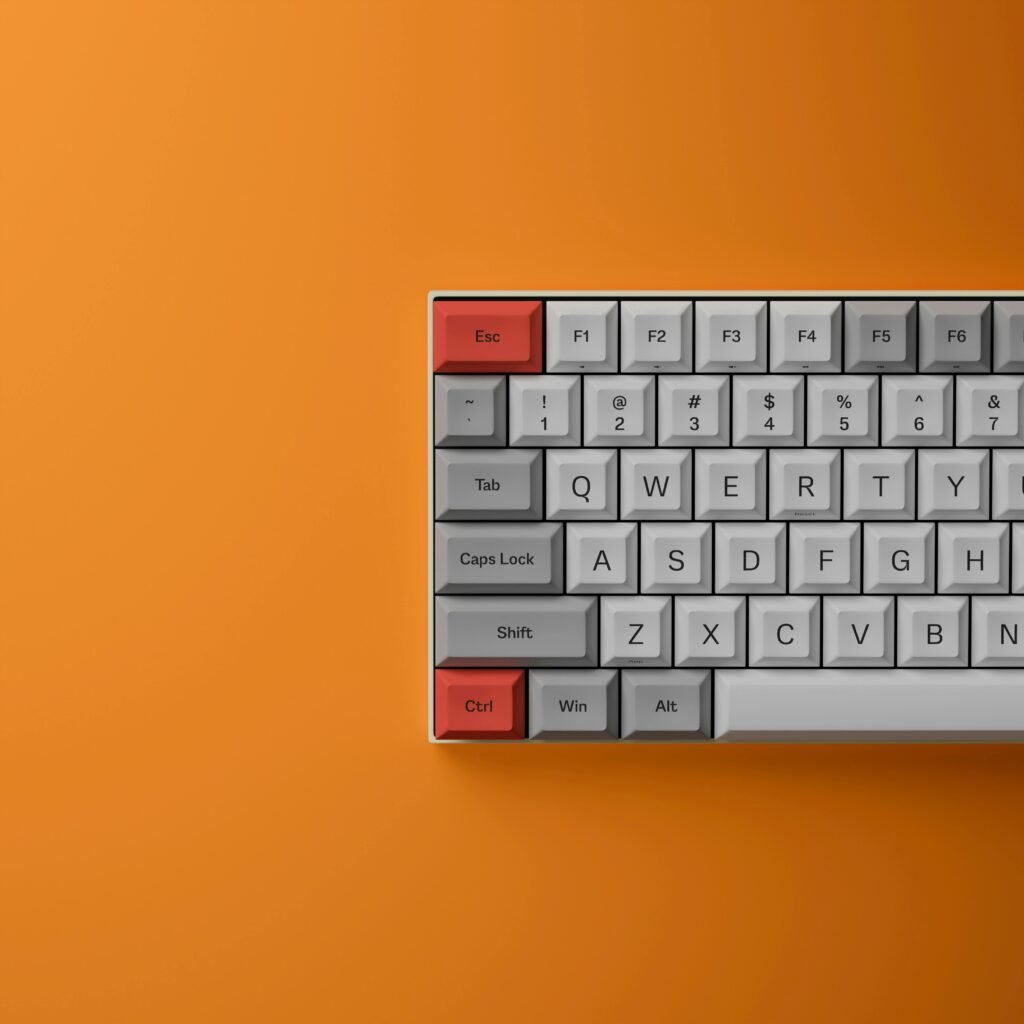The Ultimate Guide to Task Manager Shortcut and Resource Management Tasks

Table of Contents
Introduction
Ever felt like your computer was about to take off because a program was hogging all the memory? Or maybe you’ve been in a panic when your system froze mid-project? That’s where Task Manager swoops in like a superhero for your PC. It’s not just a tool—it’s your command center for everything performance and process related. Let’s dive into why it matters and how you can master it using shortcuts and resource management skills.
Understanding Task Manager
What Is Task Manager?
Think of Task Manager as your PC’s real-time health monitor. It lets you see what apps and processes are running, how much memory they’re using, and which ones might be causing your system to slow down.
Why You Need to Use Task Manager
Whether you’re dealing with a frozen screen or just want to check what’s slowing things down, Task Manager gives you complete visibility. It’s a vital tool for productivity, troubleshooting, and overall computer wellness.
How to Open Task Manager
Task Manager Shortcut Methods
Using Ctrl + Shift + Esc
The quickest way. Just press Ctrl + Shift + Esc, and boom—you’re in.
Using Ctrl + Alt + Delete
Pressing Ctrl + Alt + Delete opens a security screen with several options. Click “Task Manager” from there.
Right-clicking the Taskbar
Right-click the taskbar (the bar at the bottom of your screen), and you’ll see the option “Task Manager.”
Using Windows Search
Click the Start Menu or press the Windows key, then type “Task Manager” and hit Enter.
Running Taskmgr via Run Command
Press Windows + R, type taskmgr, and hit Enter.
Alternative Ways for Advanced Users
Using Command Prompt or PowerShell
Open either tool and type taskmgr, then press Enter.
Creating a Custom Task Manager Shortcut
Right-click on your desktop, choose New > Shortcut, type taskmgr, and name it “Task Manager” for one-click access.

Task Manager Features You Should Know
Processes Tab
Shows all running apps and background processes. Great for killing unresponsive programs.
Performance Tab
Provides a live graph of your CPU, memory, disk, and network usage.
App History
Tracks app resource usage over time.
Startup Programs
Shows which apps start with Windows. Disable unnecessary ones for a faster boot.
Users, Details, and Services Tabs
Get in-depth info about logged-in users, running processes, and Windows services.
When Should You Use Task Manager?
When an app becomes unresponsive.
To check which app is consuming too much memory or CPU.
To disable startup apps that slow down boot time.
To monitor network and disk usage in real-time.
Keyboard Shortcuts Related to Task Manager
Ctrl + Shift + Esc – Open Task Manager directly.
Ctrl + Alt + Delete – Opens security options menu.
Alt + F4 – Closes current window (can be used from Task Manager too).
Resource Management in Emergency and IT Contexts
What Is Resource Management?
In both IT and emergency response, resource management involves planning, organizing, and allocating resources—people, tools, and materials—to where they’re needed most.
Why It Matters in Incident Handling?
Whether it’s a fire response team or an IT outage, knowing how to allocate and deploy resources efficiently can be the difference between a quick fix and a disaster.
Key Resource Management Tasks
Which Resource Management Task Deploys or Activates Personnel and Resources?
Answer: Mobilize. This task ensures that the right people and equipment are sent to the right place at the right time.
Which Resource Management Task Enables Resource Coordination Throughout the Incident?
Answer: Track and Report. This helps in keeping all parties informed and resources aligned.
Which Resource Management Task Includes Activating Local Resource Requirements, If Available?
Answer: Order and Acquire. This process identifies needs and sources them locally first, if possible.
Tips to Use Task Manager Like a Pro
Don’t end “System” or “Windows” processes—you’ll risk a crash.
Right-click a process and choose “Open file location” to investigate unknown apps.
Use the “Performance” tab to diagnose hardware issues like overheating.
Common Task Manager Myths Debunked
Ending Processes Will Always Fix Lag
Nope. Some background processes restart automatically or are essential to Windows.
Task Manager Shows All Programs
Not necessarily. Some malware or protected apps won’t appear unless you’re using advanced tools.
Troubleshooting Task Manager Issues
What to Do If Task Manager Won’t Open
Try using the Ctrl + Alt + Delete method or run taskmgr from the Run dialog.
Fixing Disabled Task Manager via Group Policy
If you’re on a shared or restricted PC, an admin might have disabled Task Manager. Open Group Policy Editor (gpedit.msc) and navigate to:
User Configuration > Administrative Templates > System > Ctrl+Alt+Del Options
Enable “Remove Task Manager” and set it to Disabled.
Conclusion
Task Manager is way more than a panic button when things freeze. It’s your gateway to understanding how your PC operates and how resources are managed in real-time. Whether you’re a casual user or a techie, knowing how to access and use Task Manager—and understanding how resources are deployed—can save you time, stress, and even a reboot. So next time your computer acts up, don’t just hit the power button—open Task Manager like a pro. If you want to learn more please Contact Us.
FAQs
How to open Task Manager?
You can open Task Manager using Ctrl + Shift + Esc, Ctrl + Alt + Delete, by right-clicking the taskbar, using the Run dialog (taskmgr), or through the Start Menu search.
Which resource management task deploys or activates personnel and resources?
The task is Mobilize.
Which resource management task enables resource coordination throughout the incident?
The task is Track and Report.
Which resource management task includes activating local resource requirements, if available?
The task is Order and Acquire.
Can Task Manager help improve PC performance?
Yes! It helps you identify and stop resource-hogging apps, disable startup programs, and monitor performance in real-time.
